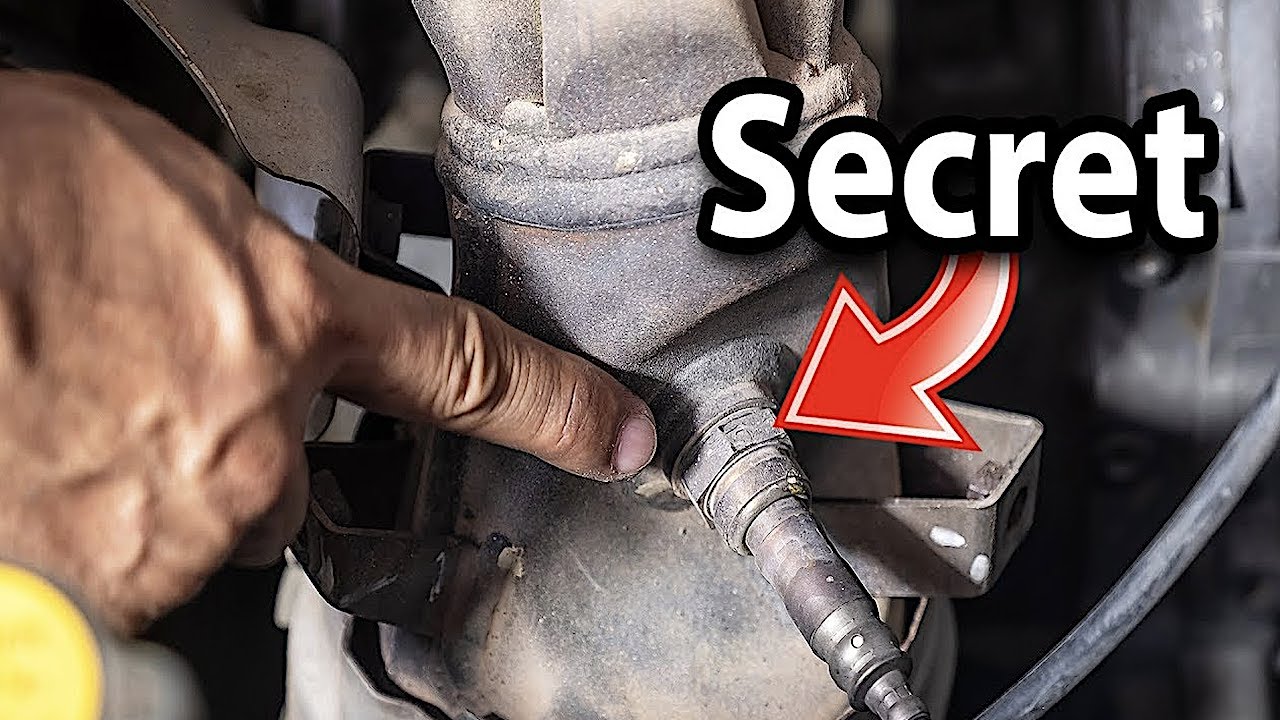Two electrical problems that can impact the correct operation of a car’s electrical components are open circuits and short circuits. Having said that, the dangers of an open circuit are lower than those of a short circuit. Therefore, to avoid the hazards of this electrical malfunction problem, it is important to know how to locate a car short circuit.
How do electric circuits operate?
The electrical system of a car is analogous to the circulatory system of a human body. The heart is like the battery, which is like the blood, and the wires that carry the electric current are like the blood arteries.
From the battery to the rest of the vehicle’s electrical components, power travels in a straight line. The positive terminal of the battery supplies current to the components, while the negative terminal allows current to return.
To ensure that current flows correctly to all of the car’s electrical components, an electric circuit is used. It is anticipated that the current will continue to flow continuously through the entire circuit.
Resistance arises as a result of the limited quantity of electricity that the wires can conduct as the current travels through them. Excessive heat might result from wires with a high resistance. On the other hand, dangerous reversal of current flow occurs in the event of a short circuit.
Short Circuit Types
In a vehicle, there are primarily two kinds of short circuits. The unintended flow of electricity occurs in both instances. Here is a list of what is included:
Circuit with a short-to-ground pathway
The floor stands in for the chassis of a car. Thus, when current flows from the circuit to the body of the vehicle, this is called a short-to-ground circuit. At this point, the insulation on the wire could come loose and make contact with the engine or body of the car.
Circuit with a short-to-power pathway
When many circuits in a wire harness are too near together, a power short could develop. A short circuit disturbs the functioning of another connection by changing the connection of one wire.
How to Find Short Circuit in Your Car

A multimeter or a 12V test light can be used to locate a short circuit in an automobile by identifying the fuse that is connected to the short. After you’ve located the short circuit, tape the exposed wire according to the instructions.
You should be familiar with the proper usage of a test light or multimeter to locate a car short circuit before attempting to use the aforementioned instruments. But if you follow the steps below, you’ll be able to use a multimeter to detect a short circuit.
Step 1: Disconnect the Negative Terminal of the Car Battery
To start, make sure the negative terminal on the battery is disconnected. Once that is done, disconnect the wire from the port. You need to have patience because finding a short circuit could take a long time.
Step 2: Start the Multimeter
Locate the negative terminal cord of the battery and attach the red probe lead to the multimeter; adjust the reading to 10 amperes. After that, connect the multimeter’s negative lead to the battery’s terminal.
Step 3: Verify the Results from the Multimeter
Verify the meter’s reading after you’ve connected it correctly. Reset the multimeter to 9 and try again if it reads zero or nil. Reset the multimeter to zero by lowering the setting by one more digit. Keep an eye on the gauges as you work.
Step 4: Take the Fuses Out One By One
To avoid dropping the multimeter connections, have a buddy or assistant pull the fuses one by one. Inspect the meter for a reading of zero as your helper disconnects each fuse. If a fuse’s reading is 0, it means that there is a short circuit in one of its connections.
How To Fix a Short Circuit in a Car?

Carefully follow the line once you’ve located the fuse that controls the short circuit. Then, choose between the two options provided below.
The Exposed Wire Must Be Taped
Find the exposed wire, then use high-quality tape to cover it thoroughly by applying multiple layers. This is going to save things. Nevertheless, the subsequent choice is more appropriate for this circumstance.
Install a connection after cutting the exposed wire
In case you prefer not to use the first approach, you may just short the wire by cutting it and connecting the two ends with a connector.
Be careful to use a circuit tester to keep an eye on the circuit while you reconnect the wire and put it back in place. After you’ve replaced the fuse, you should test the circuit once again.
Ways to Prevent Short Circuit From Happening?
Creating a routine of safety checks might keep your vehicle from experiencing short circuits. This is a partial list of the checks that are involved.
- Make sure there is no moisture.
- Consistently inspect wires
- Be careful not to overload
- Verify all devices before linking them
Conclusion
You now know how to identify a car’s short circuit thanks to this article. To sum up, there’s no need to freak out when this happens. Nonetheless, you should be aware of the most typical reasons for short circuits and the steps to avoid them.




